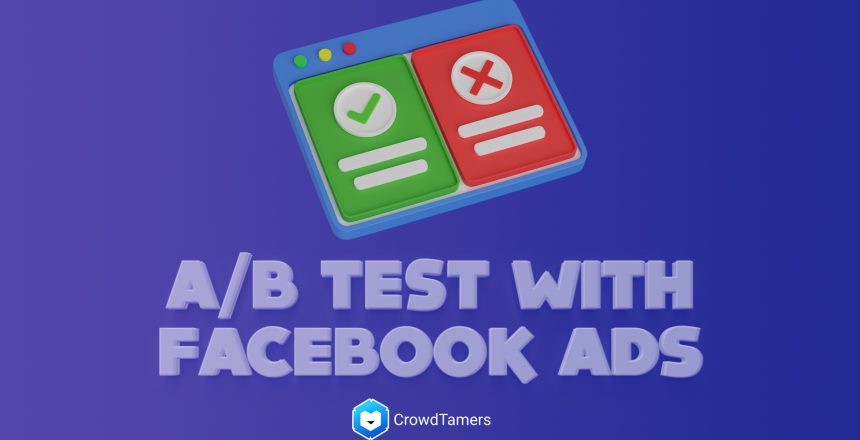Facebook Ads offer a unique opportunity to test your startup idea with a highly targeted audience. By leveraging the platform’s robust targeting options and running controlled experiments, you can gain valuable insights into what resonates with potential customers and make data-driven decisions about your product or service.
In this guide, we’ll dive deep into the world of A/B testing with Facebook Ads.
Why Use Facebook Ads for A/B Testing?
Facebook Ads offer several advantages when it comes to validating your startup idea:
- Targeted reach: Facebook’s extensive user data allows you to target specific demographics, interests, and behaviors that align with your ideal customer profile.
- Cost-effective: Compared to other forms of advertising, Facebook Ads can be relatively inexpensive, making it accessible for early-stage startups.
- Quick results: With the ability to launch and iterate quickly, Facebook Ads provide rapid feedback on your ideas and assumptions.
Setting Up Your A/B Test
Define Your Hypothesis
Start by clearly defining what you want to test. For example, you might hypothesize that a certain value proposition will resonate better with your target audience. Or, you may want to test different pricing models to determine which one generates more interest.
Create Variations
Next, create two or more variations of your ad, each highlighting a different aspect of your startup idea. This could include:
- Different headlines or copy emphasizing various benefits
- Contrasting images or videos
- Distinct calls-to-action (e.g., “Sign up for early access” vs. “Learn more”)
Ensure that the variations are distinct enough to provide meaningful insights.
Define Your Target Audience
Use Facebook’s targeting options to define your ideal customer based on factors such as:
- Age, gender, and location
- Interests and behaviors
- Job titles or industries
- Lookalike audiences based on existing customers or email lists
The more specific your targeting, the more relevant your results will be.
Launching and Monitoring Your A/B Test
Set Your Budget and Duration
Determine how much you’re willing to spend on your A/B test and how long you want it to run. Facebook Ads allow you to set daily or lifetime budgets, and you can specify start and end dates for your campaign.
Keep in mind that running your test for too short a period may not provide statistically significant results, while running it for too long can become costly.
Monitor Key Metrics
As your A/B test runs, keep a close eye on key metrics such as:
- Click-through rate (CTR): The percentage of people who click on your ad after seeing it
- Conversion rate: The percentage of people who take a desired action (e.g., signing up for a waitlist) after clicking on your ad
- Cost per click (CPC) or cost per acquisition (CPA): The average amount you pay for each click or conversion
These metrics will help you determine which variation of your startup idea is resonating better with your target audience.
Analyzing and Iterating
Determine a Winner
Once your A/B test has concluded, analyze the results to determine which variation performed better based on your key metrics. Be sure to consider the statistical significance of your results to ensure they’re not due to random chance.
Iterate and Refine
Use the insights from your A/B test to refine your startup idea. This could involve:
- Focusing on the value proposition that resonated most with your target audience
- Adjusting your pricing based on the response to different models
- Refining your target audience based on the demographics that showed the most interest
Keep in mind that A/B testing is an ongoing process. As you continue to develop your startup idea, you can run additional tests to further validate and refine your approach.
Real-World Examples
To illustrate the power of A/B testing with Facebook Ads, let’s look at a few real-world examples:
- Dropbox, the cloud storage company, used Facebook Ads to test different value propositions and pricing models before launching. By measuring click-through rates and sign-ups, they were able to optimize their offering and pricing strategy.
- Airbnb, the online marketplace for lodging, leveraged Facebook Ads to validate demand for their service in new cities. By targeting specific demographics and measuring engagement, they were able to prioritize which markets to expand to next.



